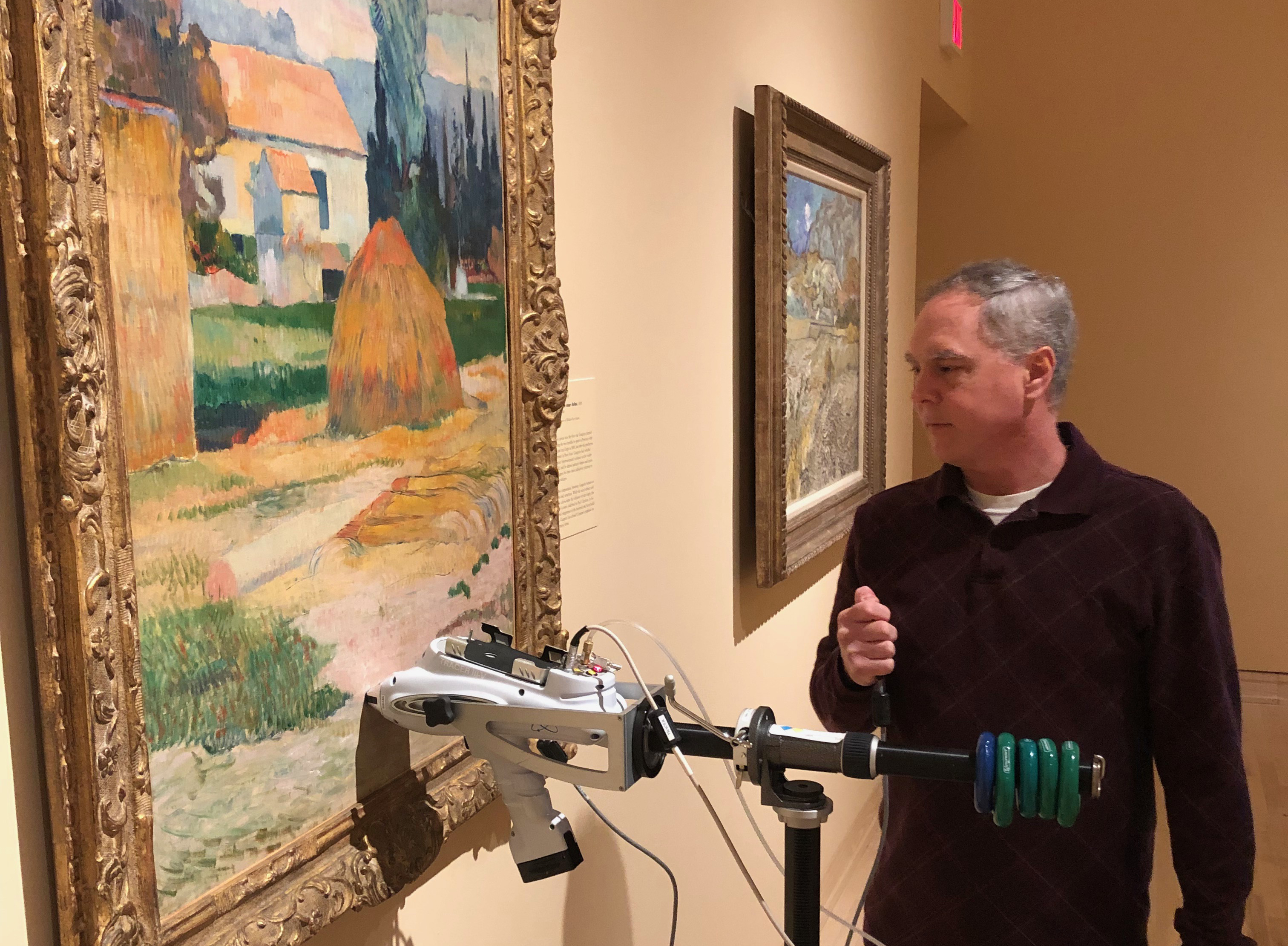Error loading player: No playable sources found
3586370
Project MUSE: Museum sabbatical experience for faculty teaching at the arts-science interface
Date
August 24, 2021
Related Products
Bridging chemistry and art conservation: Exploring azeotrope mixtures used to clean paintings | Poster Board #403
The intersection of chemistry and art conservation offers a unique platform for educational innovation, particularly in understanding and applying the concept of azeotropic mixtures…
Design of laboratory experiences in art conservation science: A study of the evaporation behavior of homogeneous azeotropes used to clean paintings at room temperature | Poster Board #1037
Art conservators use solvent mixtures to safely and selectively remove yellowed varnish from artworks and discolored overpaint from the surface of oil paintings, among many other applications…
General Posters:
: [CHED] Division of Chemical Education
Design of laboratory experiences in art conservation science: A kinetics study of light-induced fading of commercially available fluorescent highlighters | Poster Board #1041
The project focuses on creating novel learning experiences for college-level STEM education in chemistry framed within artwork preventative conservation…



